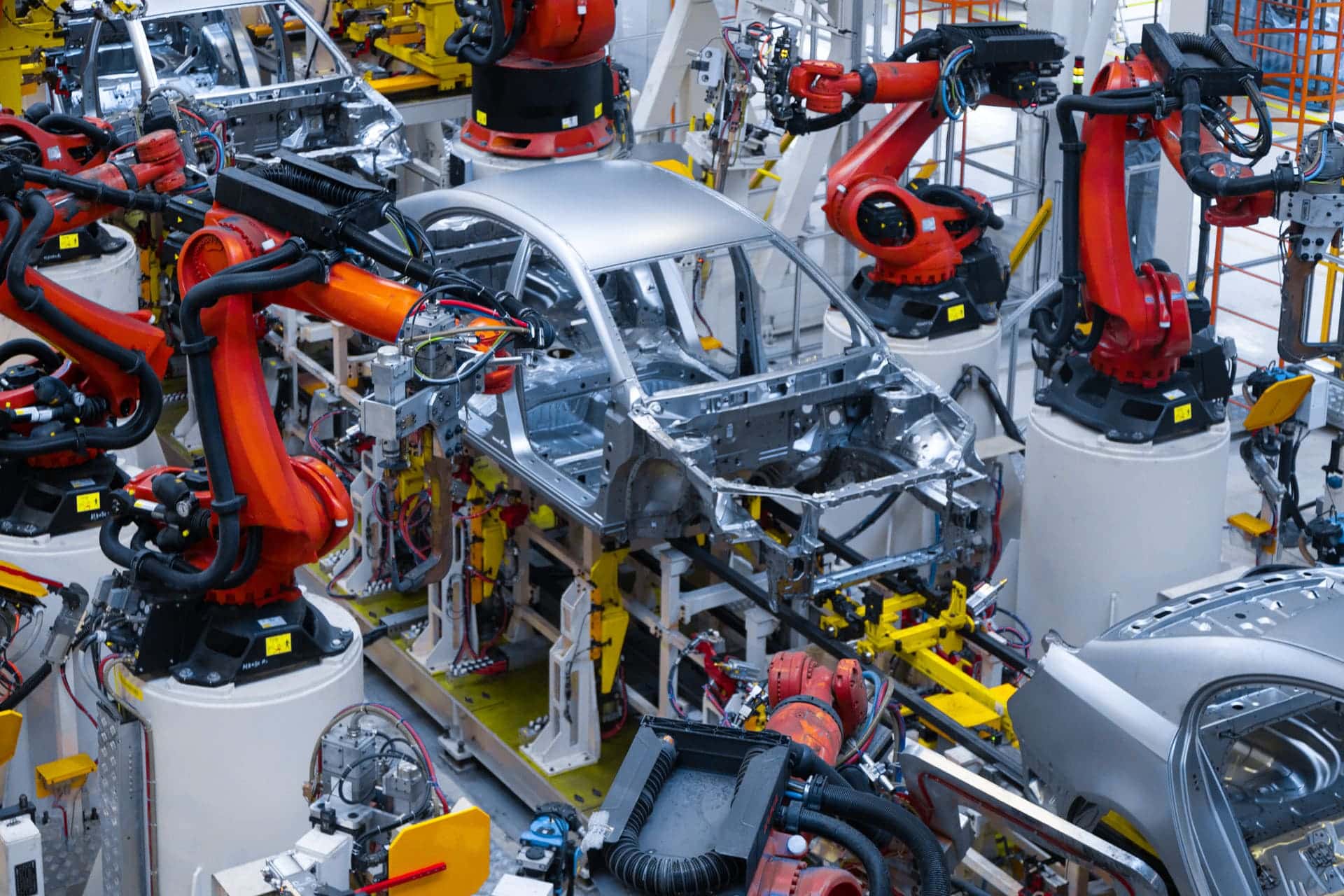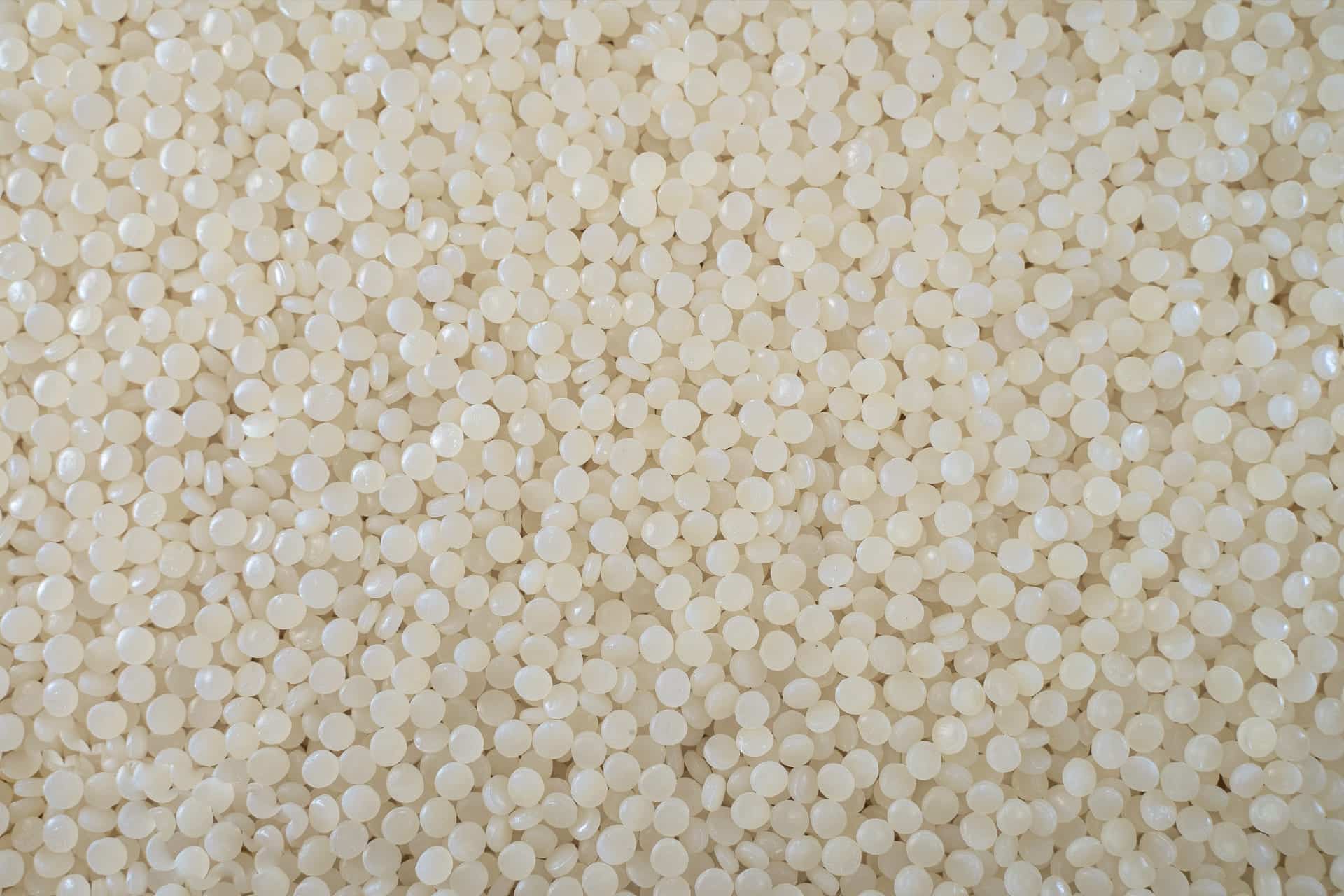According to a report titled Sustainable Plastics for Automotive 2025-2035: Market, Players, and Forecasts from IDTechEx, the European Union has revised its End-of-Life Vehicles (ELV) Directive, lowering recycled plastic content requirements for new vehicles while maintaining pressure on automakers to adopt sustainable and circular material strategies. This recalibration acknowledges the infrastructure and supply constraints currently limiting the industry’s ability to comply, yet reaffirms the broader push toward a low-carbon, low-waste automotive future.
Revised ELV Targets Reflect Industry Constraints
The original directive proposed that at least 25% of plastics in new vehicles be recycled, including 25% derived from end-of-life vehicles (ELVs). In response to industry feedback, the European Parliament adjusted the requirements to 20% total recycled plastic, with 15% specifically from ELVs. The regulation also now includes motorcycles, trucks, and buses, broadening its scope across the transport sector.
This revision provides automakers some breathing room, but it also sends a strong message: sustainability is non-negotiable. Extended producer responsibility (EPR) provisions will also place more financial and operational accountability on OEMs to design for recyclability and improve take-back systems.
Recycled Plastics: A Supply Problem, Not Just a Policy One
One of the most immediate challenges is the availability of automotive-grade recycled plastics. While the ELV framework aims to promote circularity, most scrapped plastics today are either incinerated or downcycled due to a lack of standardized collection and processing systems.
This underlines the importance of improving dismantling processes and forging closer collaboration between OEMs, recyclers, and material specialists. Emerging players like PHA manufacturers could offer part of the solution by supplying biodegradable materials for non-structural components in future vehicles.
Cost Pressures on Recycled and Bio-Based Materials
Despite policy momentum, the price differential between virgin plastics and recycled or bio-based alternatives continues to hold back adoption. Recycled polymers must undergo laborious processes like sorting, cleaning, and reprocessing—driving up costs.
Similarly, while materials such as polyhydroxyalkanoates (PHA) offer strong biodegradability and are derived from renewable resources, their cost competitiveness suffers from limited economies of scale and feedstock availability. Chemical recycling is promising but still costly and energy-intensive.
OEMs and Tier I Suppliers Under Pressure
To bridge the cost gap and mitigate supply volatility, automakers are being encouraged to sign long-term agreements with recyclers and biopolymer suppliers. Closed-loop systems—where plastics recovered from ELVs are processed and reintegrated into new vehicles—are becoming a critical part of this strategy.
Stellantis, Renault, Nissan, and BMW are already incorporating recycled content in interior components and structural parts. These initiatives not only aid regulatory compliance but also reflect shifting consumer expectations around product sustainability.
Design for Recyclability: A Long-Term Priority
Regulatory compliance is only one piece of the puzzle. For sustainable plastics to truly take hold in the automotive sector, design choices must also evolve. Reducing mixed-material components and prioritizing modularity will be key for ensuring that vehicle materials can be efficiently recovered and reused.
Material science will play a supporting role here. Manufacturers of advanced polymers—whether recycled, compostable, or bio-based—must develop solutions that meet the performance demands of automotive applications while aligning with circular economy principles. Opportunities exist for materials like PHA in non-load-bearing automotive components, especially where compostability or environmental safety at end-of-life is advantageous.
A Role for PHA in the Future of Automotive Plastics
Though not currently suited for structural applications, PHA is well-positioned for future use in trim, electronics enclosures, single-use protective films, and interior accessories—especially in response to mounting concerns around microplastic pollution and environmental degradation from traditional plastics.
For industrial actors seeking to integrate PHA in automotive innovations, PHA Sourcing acts as a strategic partner, connecting demand with scalable, high-quality supply for biodegradable and renewable alternatives in plastic manufacturing.
Conclusion: Compliance Delayed, but Not Dismissed
The softened stance of the EU on ELV targets signals regulatory realism—but also a call for industry acceleration. Automotive plastics must evolve rapidly to match both policy goals and market expectations. PHA and other biodegradable bioplastics offer new pathways for material innovation, and PHA Sourcing stands ready to support OEMs and suppliers in meeting these future-facing demands.





